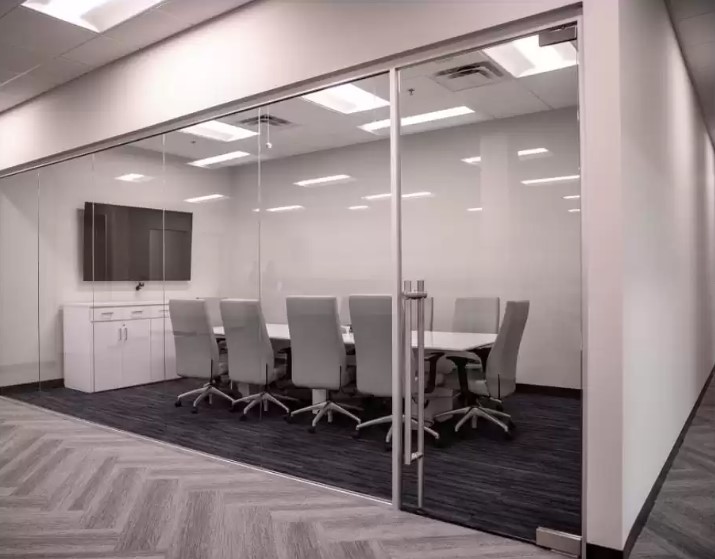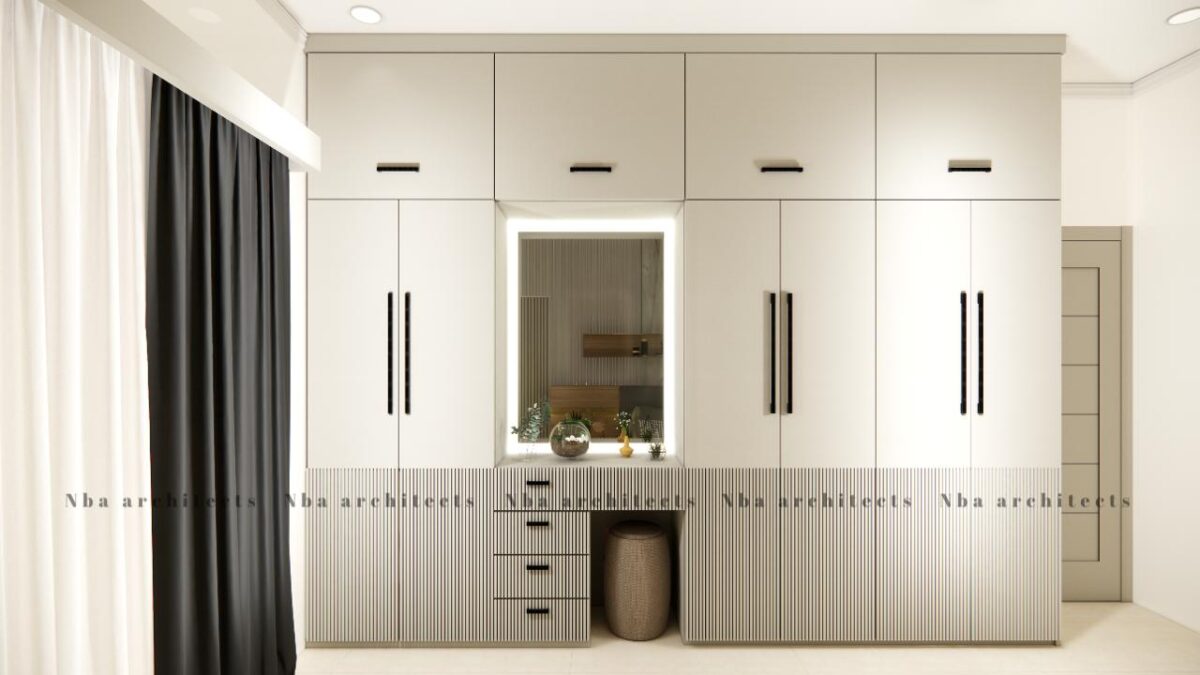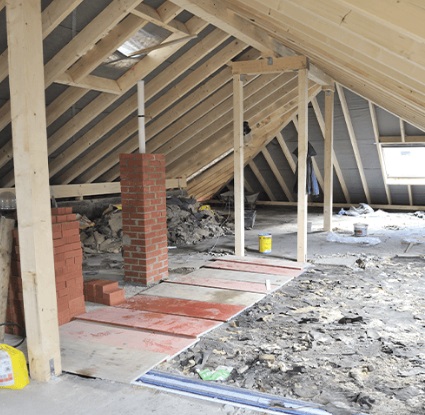The Ultimate Guide to Office Interior Design: Creating Functional and Inspiring Workspaces

Office interior design plays a crucial role in enhancing productivity, fostering creativity, and improving employee well-being. A well-designed office not only reflects a company’s brand but also creates an environment where employees can thrive. This comprehensive guide explores the key elements of office interior design, offering practical tips and insights to help you create a functional and inspiring workspace.
1. Understanding the Basics of Office Interior Design
Space Planning
Effective space planning is the foundation of any successful office interior design. It involves organizing furniture and office functions to work effectively together while maximizing the use of space.
- Flow and Circulation: Ensure that there is a logical flow between different areas of the office, such as workstations, meeting rooms, and common areas. Good circulation helps prevent congestion and enhances accessibility.
- Zoning: Divide the office into zones for different activities, such as focus work, collaboration, and relaxation. This helps create a balanced environment that supports various work styles.
Ergonomics
Ergonomics focuses on designing workspaces that support the physical well-being of employees.
- Adjustable Furniture: Provide adjustable desks and chairs to accommodate different body types and preferences. This helps reduce the risk of musculoskeletal disorders.
- Proper Lighting: Ensure that workspaces are well-lit, with a combination of natural and artificial lighting. Proper lighting reduces eye strain and enhances concentration.
Aesthetics and Branding
The aesthetic appeal of an office can significantly impact employee morale and brand perception.
- Color Scheme: Choose a color scheme that aligns with your brand identity and promotes a positive work environment. For example, blues and greens are calming, while yellows and oranges can be energizing.
- Brand Elements: Incorporate brand elements such as logos, company colors, and mission statements into the design. This reinforces the company’s identity and values.
2. Key Elements of Office Interior Design
1. Workstations
Workstations are where employees spend most of their time, so they should be designed for comfort and efficiency.
- Desks: Choose desks that provide ample workspace and storage. Consider height-adjustable desks to promote a healthy posture.
- Seating: Invest in ergonomic chairs that offer good lumbar support and adjustability. This helps prevent back pain and promotes comfort.
2. Meeting Rooms
Meeting rooms are essential for collaboration and communication.
- Technology Integration: Equip meeting rooms with the latest technology, including video conferencing tools, projectors, and interactive displays.
- Flexible Furniture: Use flexible furniture arrangements, such as modular tables and stackable chairs, to accommodate different meeting types and sizes.
3. Common Areas
Common areas, such as lounges and kitchens, provide spaces for relaxation and socialization.
- Comfortable Seating: Provide comfortable seating options, such as sofas and lounge chairs, to create inviting common areas.
- Amenities: Include amenities such as coffee machines, refrigerators, and microwaves to enhance convenience and comfort.
4. Storage Solutions
Efficient storage solutions help maintain an organized and clutter-free office.
- File Cabinets: Use file cabinets and shelving units to store documents and office supplies.
- Personal Storage: Provide personal storage options, such as lockers or drawers, for employees to store their belongings.
5. Lighting
Lighting has a significant impact on the overall ambiance and functionality of the office.
- Natural Light: Maximize natural light by placing workstations near windows and using glass partitions.
- Task Lighting: Use task lighting, such as desk lamps, to provide focused lighting for individual tasks.
3. Current Trends in Office Interior Design
1. Biophilic Design
Biophilic design incorporates natural elements into the office to create a healthier and more inspiring environment.
- Plants: Use a variety of indoor plants to improve air quality and create a calming atmosphere.
- Natural Materials: Incorporate natural materials such as wood, stone, and bamboo in furniture and decor.
2. Sustainable Design
Sustainability is a growing priority in office design.
- Eco-Friendly Materials: Use recycled and sustainably sourced materials for furniture and finishes.
- Energy Efficiency: Implement energy-efficient lighting, heating, and cooling systems to reduce the office’s carbon footprint.
3. Hybrid Workspaces
The rise of remote work has led to the development of hybrid workspaces that support both in-office and remote employees.
- Flexible Workstations: Design flexible workstations that can be easily reconfigured to support different work styles.
- Collaboration Tools: Equip the office with collaboration tools, such as video conferencing systems and digital whiteboards, to facilitate communication between remote and in-office employees.
4. Practical Tips for Designing an Office

1. Conduct a Needs Assessment
Before starting the design process, conduct a needs assessment to understand the specific requirements of your office.
- Employee Feedback: Gather feedback from employees to understand their needs and preferences.
- Space Analysis: Analyze the available space to determine the best layout and design solutions.
2. Focus on Flexibility
Design an office that can adapt to changing needs and work styles.
- Modular Furniture: Use modular furniture that can be easily reconfigured to support different activities.
- Movable Partitions: Incorporate movable partitions to create flexible and dynamic spaces.
3. Prioritize Comfort and Well-Being
Create a comfortable and healthy work environment that supports employee well-being.
- Ergonomic Design: Invest in ergonomic furniture and equipment to promote physical health.
- Wellness Spaces: Designate areas for relaxation and wellness, such as quiet rooms and fitness facilities.
4. Incorporate Technology
Integrate technology seamlessly into the office design to enhance productivity and efficiency.
- Smart Office Solutions: Use smart office solutions, such as automated lighting and temperature control, to create a more efficient workspace.
- Collaboration Tools: Equip the office with collaboration tools to support remote work and communication.
5. Reflect Your Brand
Ensure that the office design reflects your company’s brand and culture.
- Brand Colors and Elements: Incorporate brand colors and elements into the design to create a cohesive look.
- Unique Touches: Add unique touches, such as custom artwork or branded signage, to reinforce your company’s identity.
5. Case Studies: Successful Office Designs
Example 1: Tech Startup Office
A tech startup created a flexible and dynamic office space to support their innovative work culture. They used modular furniture and movable partitions to create a versatile environment that could adapt to different work styles. The office featured biophilic elements, such as indoor plants and natural materials, to enhance employee well-being. Advanced technology integration, including video conferencing systems and interactive displays, facilitated seamless communication between remote and in-office employees.
Example 2: Corporate Headquarters
A corporate headquarters focused on sustainability and employee well-being in their office design. They used eco-friendly materials and energy-efficient systems to reduce their environmental impact. The office featured ergonomic furniture and wellness spaces, such as a quiet room and fitness area, to promote physical and mental health. The design also reflected the company’s brand, with custom artwork and branded signage throughout the space.
Example 3: Creative Agency
A creative agency designed an inspiring and collaborative workspace to foster creativity and innovation. They used an open layout with flexible seating options to encourage collaboration and idea sharing. The office included unique design elements, such as a mural wall and a themed breakout area, to reflect the agency’s creative culture. Biophilic design elements, such as green walls and natural light, created a calming and refreshing atmosphere.
Conclusion
Office interior design is a powerful tool for creating functional, inspiring, and productive workspaces. By understanding the basics of space planning, ergonomics, and aesthetics, and incorporating current trends such as biophilic design and sustainable practices, you can create an office environment that supports employee well-being and reflects your company’s brand and culture. Whether you’re designing a new office or updating an existing space, these tips and insights can help you create a workspace that enhances productivity, collaboration, and overall employee satisfaction.











